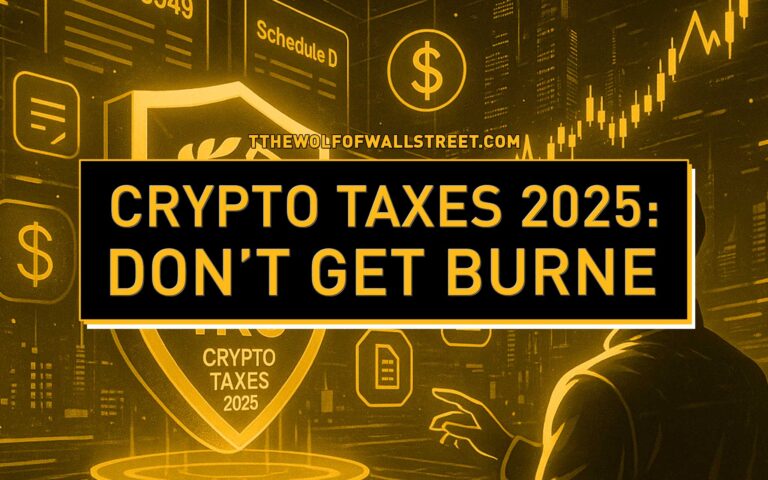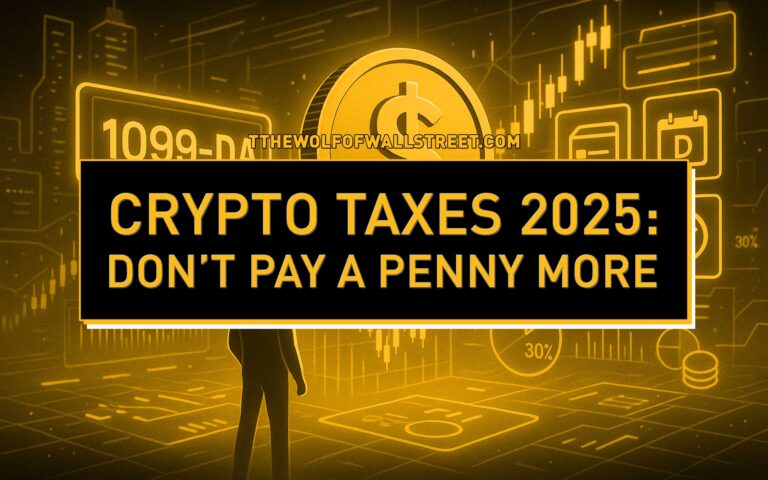⚡ Introduction: The Big Deal in AI
Listen up — this isn’t just another corporate shuffle. This is OpenAI and Microsoft playing chess on the billion-dollar AI board while the rest of the industry is still learning checkers. OpenAI just signed a non-binding restructuring agreement with Microsoft, its biggest investor. Translation? They’re moving the for-profit arm into a shiny new public benefit corporation (PBC) while the nonprofit puppet masters keep control with a $100 billion stake.
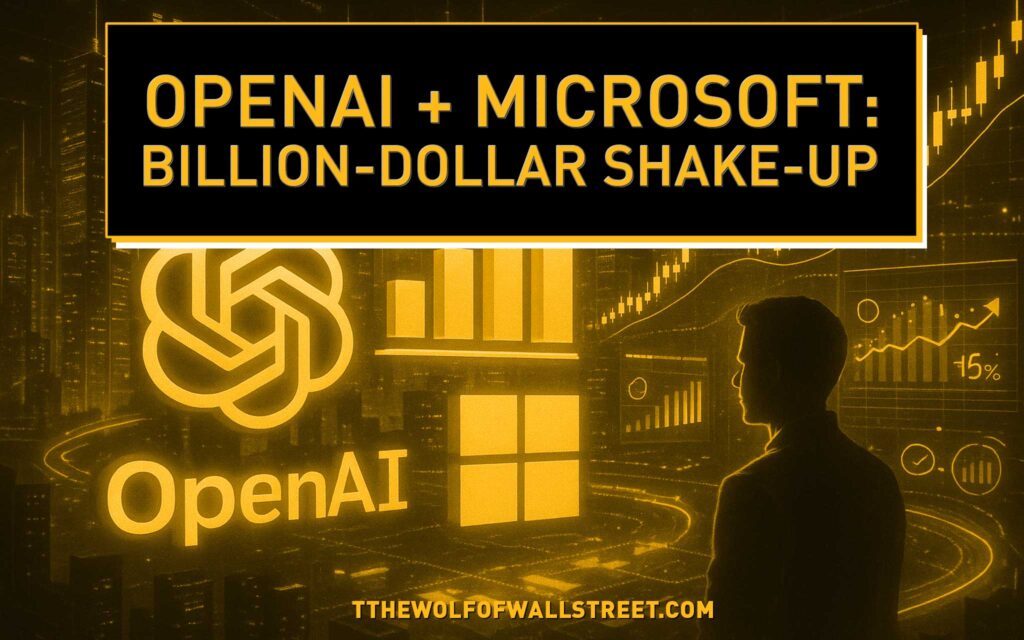
This isn’t just news. It’s a seismic power shift that could redefine AI governance, investment strategy, and market dynamics for the next decade.
💥 Breaking Down the Restructuring
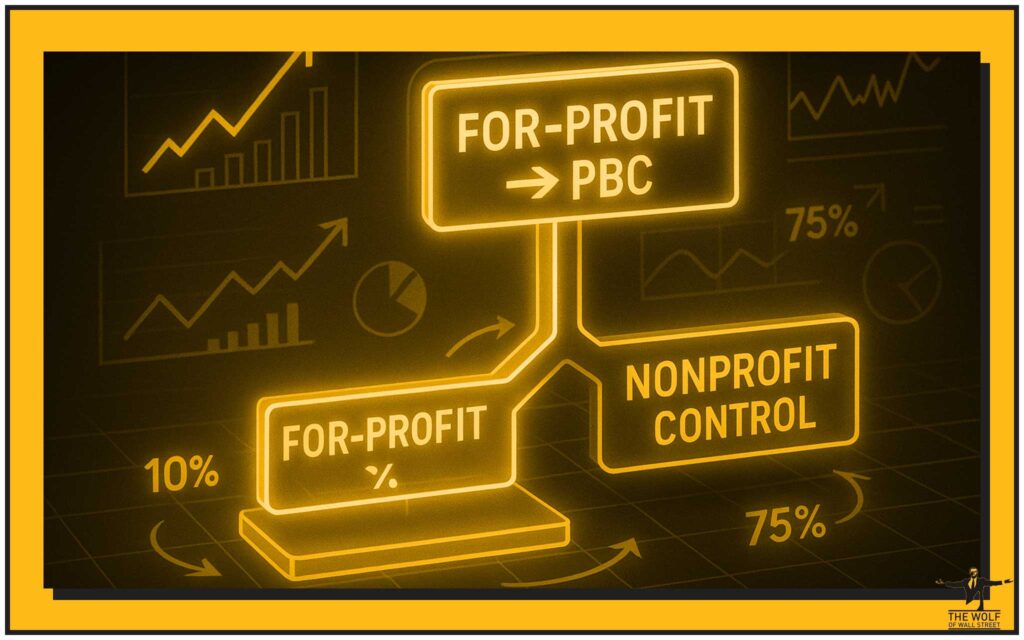
Here’s the deal: OpenAI’s restructuring isn’t about survival — it’s about scale. The for-profit side becomes a PBC, which means it has a legal obligation to balance profits with purpose. Sounds noble, right? But make no mistake: this is also about positioning for explosive commercial growth while avoiding the stink of being “just another greedy tech giant.”
Microsoft, sitting on the throne as the largest investor, gets first-class seats to the show. But don’t kid yourself — this setup means the nonprofit still calls the shots.
🎯 Microsoft’s Stake in the Game

Let’s cut through the corporate PR fluff. Microsoft’s role here is huge. They’ve poured billions into OpenAI because they see what’s coming: AI dominating every corner of enterprise and consumer life.
Here’s the kicker: Microsoft’s got skin in the game with Azure AI integrations and Office productivity tools supercharged by OpenAI models. The risk? If OpenAI prioritises its nonprofit mission over pure commercial drive, Microsoft could find itself holding less power than it paid for.
🕹️ Nonprofit Oversight: Who Really Runs the Show?
Sam Altman swears the nonprofit’s grip is steady. Their $100 billion stake isn’t just a number; it’s the control lever.
Think of it like this: Microsoft is the high-roller putting chips on the table, but the nonprofit is the casino — they decide the rules, the odds, and the payout. That tension between money vs. mission is the drama investors can’t ignore.
🔥 The Regulatory Heat

This isn’t happening in a vacuum. California and Delaware Attorneys General are both in the room, making sure the restructuring ticks all the right legal boxes.
Why the scrutiny? Because a $300B AI powerhouse flipping its corporate structure raises eyebrows about monopoly power, governance, and accountability. If regulators smell blood, it could slow down OpenAI’s money machine — or force Microsoft to play nice.
👉 Related reading: crypto regulations and how they impact fast-moving markets.
🚀 OpenAI Origins: From Idealism to Billion-Dollar Business

Back in 2015, OpenAI was a dream child of Elon Musk, Sam Altman, and a crew of tech heavyweights. The mission? Build safe AI that benefits humanity.
But ideals don’t scale. Money does. Over time, the nonprofit’s mission collided with the reality of “AI is expensive as hell.” The solution? A hybrid structure — nonprofit governance with a for-profit engine strapped underneath.
🤖 ChatGPT: The Product That Changed Everything
Here’s where the rocket fuel came in. When OpenAI dropped ChatGPT, it wasn’t just another app — it became the poster child of generative AI. Businesses, coders, marketers, and even school kids jumped on it.
The result? Overnight, OpenAI went from a research lab to the face of the AI revolution. And that single innovation is what justified billions in fresh investment.
🧨 The 2023 Leadership Meltdown
Remember the chaos of 2023? Altman gets booted, the board accuses him of not being “transparent,” the staff threatens mutiny, and within days — boom, he’s back.
That fiasco was more than office politics. It was a warning shot: OpenAI’s governance structure was fragile, and the world saw the cracks. The restructuring now? It’s partly about sealing those cracks before they widen.
💸 The Money Machine: $8.3B Raised
In the middle of the chaos, OpenAI still pulled off a funding round worth $8.3 billion. Investors don’t throw cash like that unless they’re convinced the prize is worth it.
And what’s the prize? A $300 billion valuation, putting OpenAI in the same league as the most powerful tech players on earth.
📊 The $12.7B Revenue Projection
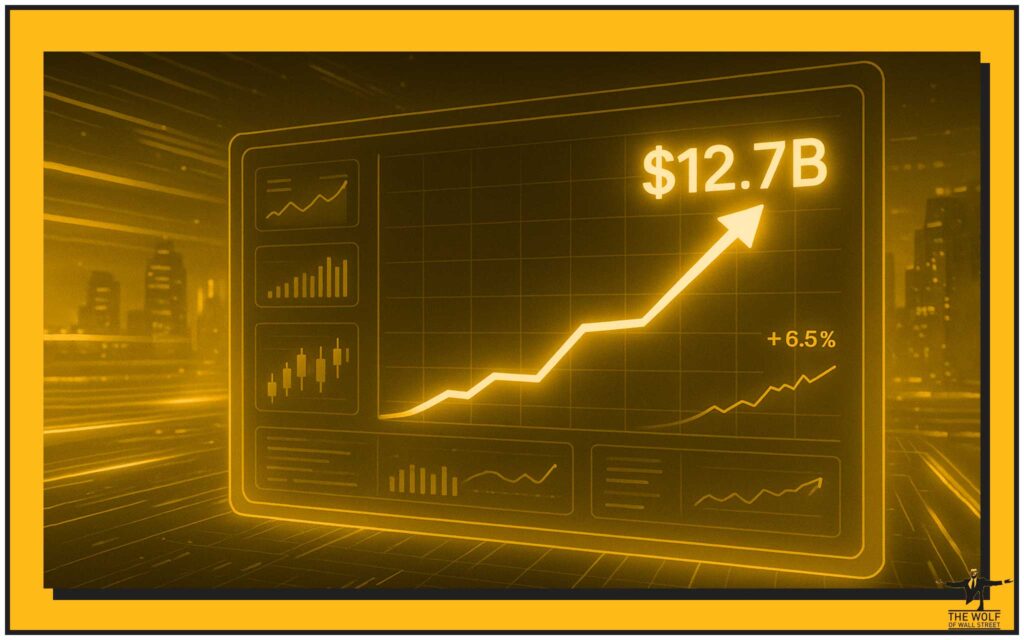
Here’s where the rubber meets the road. By 2025, OpenAI projects $12.7 billion in revenue. That’s not just good — that’s world-dominating growth.
And guess who gets a slice of that pie? Investors, sure. But also Microsoft, riding shotgun with its cloud infrastructure.
🏛️ What’s a Public Benefit Corporation Anyway?
Forget the jargon. A PBC is a corporate structure that says, “We’ll make money, but we also have to serve society.” It’s like saying you’ll diet while eating cake.
Benefits? OpenAI gets to wear the “ethical AI” badge while still cashing cheques. Risks? Accountability gets murky — who decides if they’re serving the public good or just padding the books?
🔗 What This Means for Microsoft
So where does Microsoft stand? They get access, integration, and profits. But here’s the twist: they don’t get control.
For a trillion-dollar giant used to calling the shots, that’s a weird position. They’re essentially a VIP customer with deep perks but no throne.
🌍 Market Shockwaves: AI Industry Impact
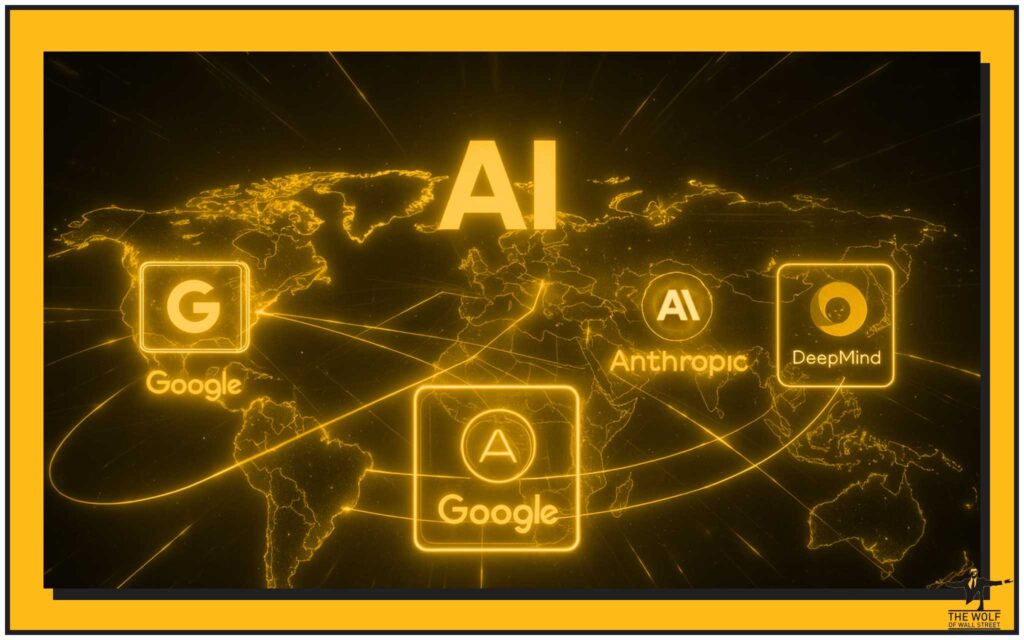
Competitors like Google DeepMind, Anthropic, and smaller AI startups are watching closely. If OpenAI proves the PBC model works, it could spark a wave of copycats.
This isn’t just about corporate governance — it’s about who controls the future of artificial intelligence. And let’s be real: whoever controls AI, controls the next economy.
📈 Investor Takeaways: What to Watch
If you’re an investor, here’s your cheat sheet:
- Opportunities: OpenAI’s revenue growth, Microsoft integration, early-mover advantage.
- Risks: Regulatory battles, governance drama, cutthroat competition.
- Signals: Watch for moves in funding rounds, product launches, and regulatory filings.
👉 For parallels, check out trending crypto projects or hot markets — same volatility, same explosive upside.
🧠 Lessons from the OpenAI Drama
What have we learned? Power without transparency is shaky. Money without mission collapses. And in AI, structure matters as much as innovation.
The PBC model might just be the blueprint for future tech giants. Or it could blow up like a bad trade. Either way, it’s one hell of a case study.
🔮 What This Means for the Future of AI
Make no mistake: this restructuring isn’t just paperwork. It’s setting the rules for how AI will be governed at scale.
The billion-dollar question: Will OpenAI stay true to its “benefit humanity” roots, or will the lure of $12.7B+ revenues drag it toward profit-first decisions?
📉📈 The The Wolf Of Wall Street Parallel: Navigating Volatility Like a Pro
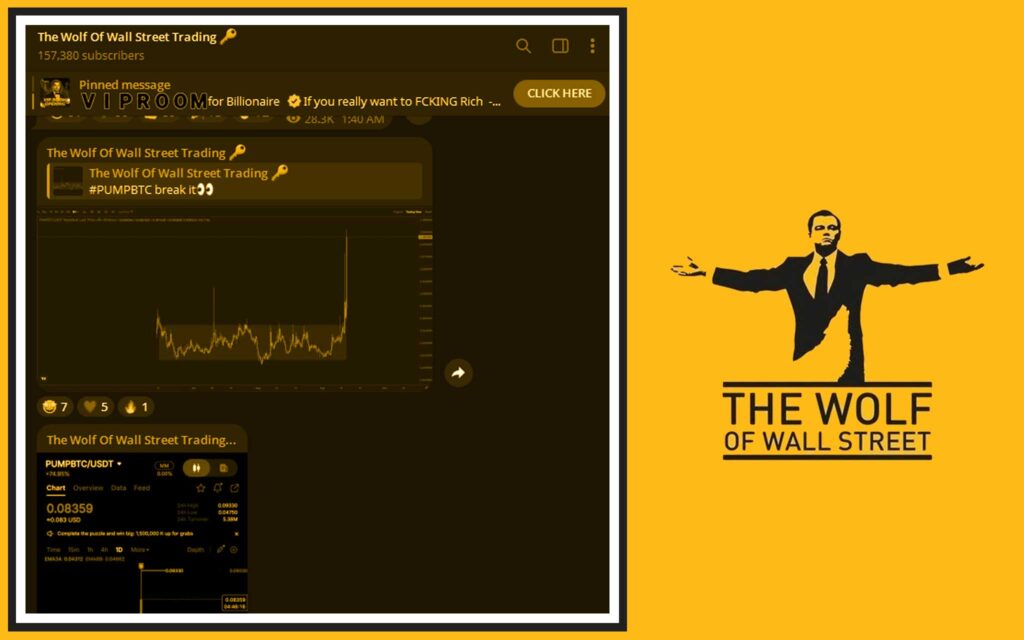
Here’s the connection: AI markets and crypto markets share DNA — volatile, high-risk, and high-reward. The difference between winning and losing is insider knowledge and tools.
That’s where The Wolf Of Wall Street steps in for crypto traders:
- Exclusive VIP signals.
- Expert market analysis.
- A 100,000+ strong private community.
- Trading tools and 24/7 support.
The same way OpenAI insiders manoeuvre billion-dollar deals, you can manoeuvre crypto markets with the right edge.
❓ FAQs
1. What is the OpenAI-Microsoft restructuring about?
It’s a plan to move OpenAI’s for-profit operations into a public benefit corporation, with nonprofit oversight intact.
2. Why did OpenAI choose a PBC?
To balance profit and purpose — making billions while claiming social responsibility.
3. How will this affect Microsoft’s control over OpenAI?
Microsoft gets deep integration perks but no majority control.
4. What’s the risk for investors and regulators?
Risks include regulatory hurdles, governance clashes, and market competition.
5. Could other tech giants adopt this structure?
Absolutely. If OpenAI pulls this off, others may follow.
⚡ Conclusion: The Bottom Line
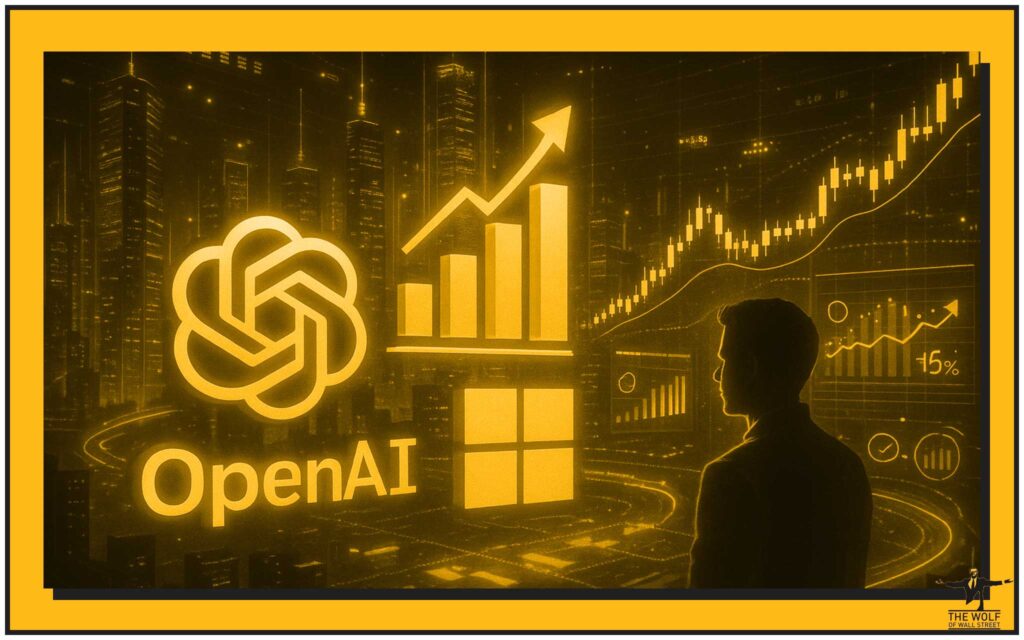
Here’s the truth: OpenAI’s restructuring isn’t weakness — it’s dominance disguised as reform. Microsoft gets influence. The nonprofit keeps control. Investors see a $300B rocket ship. And the AI industry braces for aftershocks.
Just like in crypto trading, the winners are those with the right timing, insider knowledge, and the guts to play big.
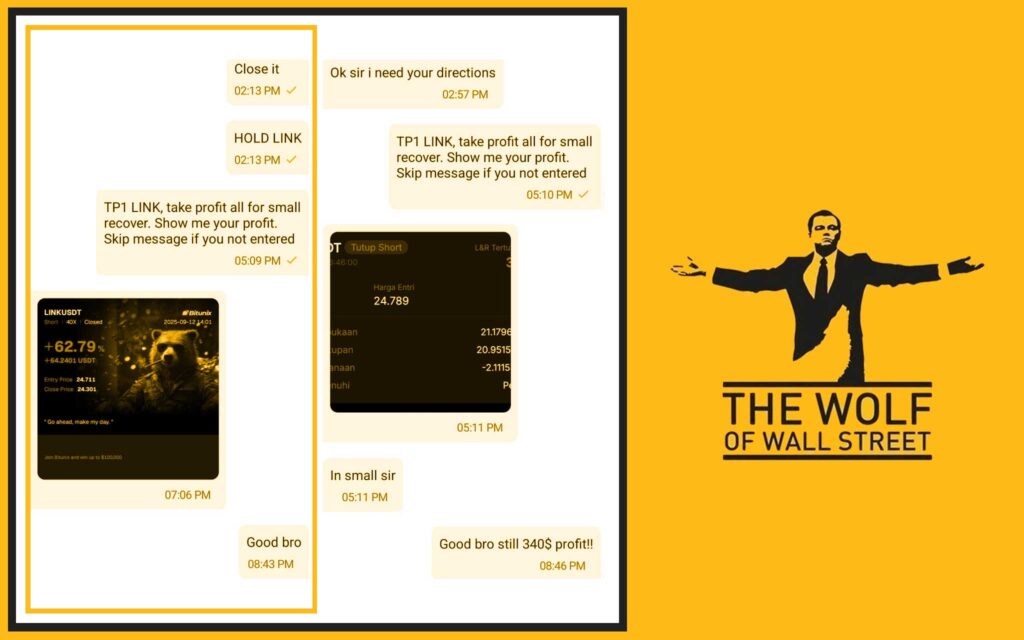
The Wolf Of Wall Street crypto trading community offers a comprehensive platform for navigating the volatile cryptocurrency market. Here’s what you gain:
- Exclusive VIP Signals: Access proprietary signals designed to maximize trading profits.
- Expert Market Analysis: Benefit from in-depth analysis from seasoned crypto traders.
- Private Community: Join a network of over 100,000 like-minded individuals for shared insights and support.
- Essential Trading Tools: Utilize volume calculators and other resources to make informed decisions.
- 24/7 Support: Receive continuous assistance from our dedicated support team.
Empower your crypto trading journey:
- Visit our service: The Wolf Of Wall Street Service for detailed information.
- Join our active Telegram community: The Wolf Of Wall Street Telegram for real-time updates and discussions.
- Unlock your potential to profit in the crypto market with The Wolf Of Wall Street.

